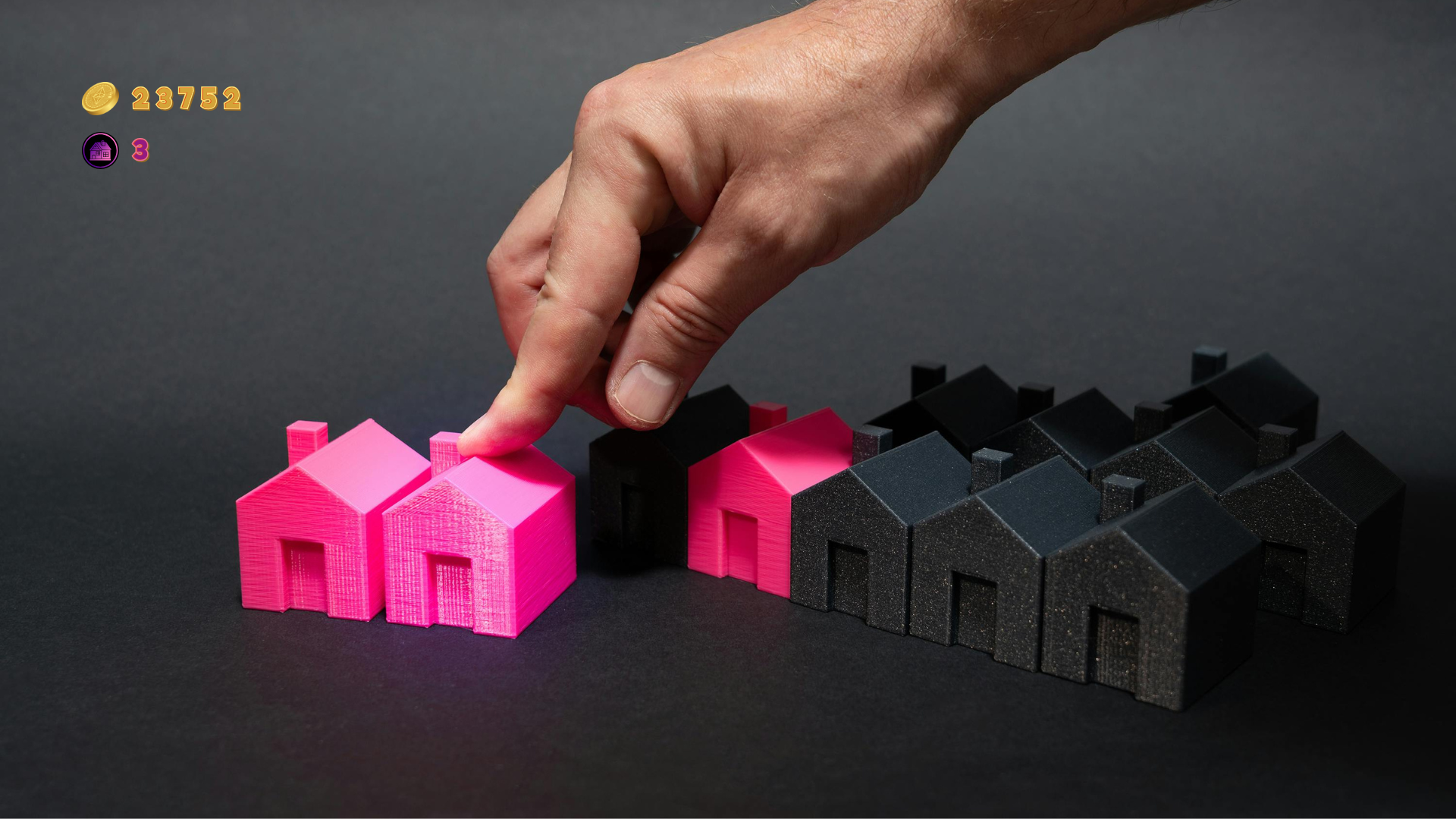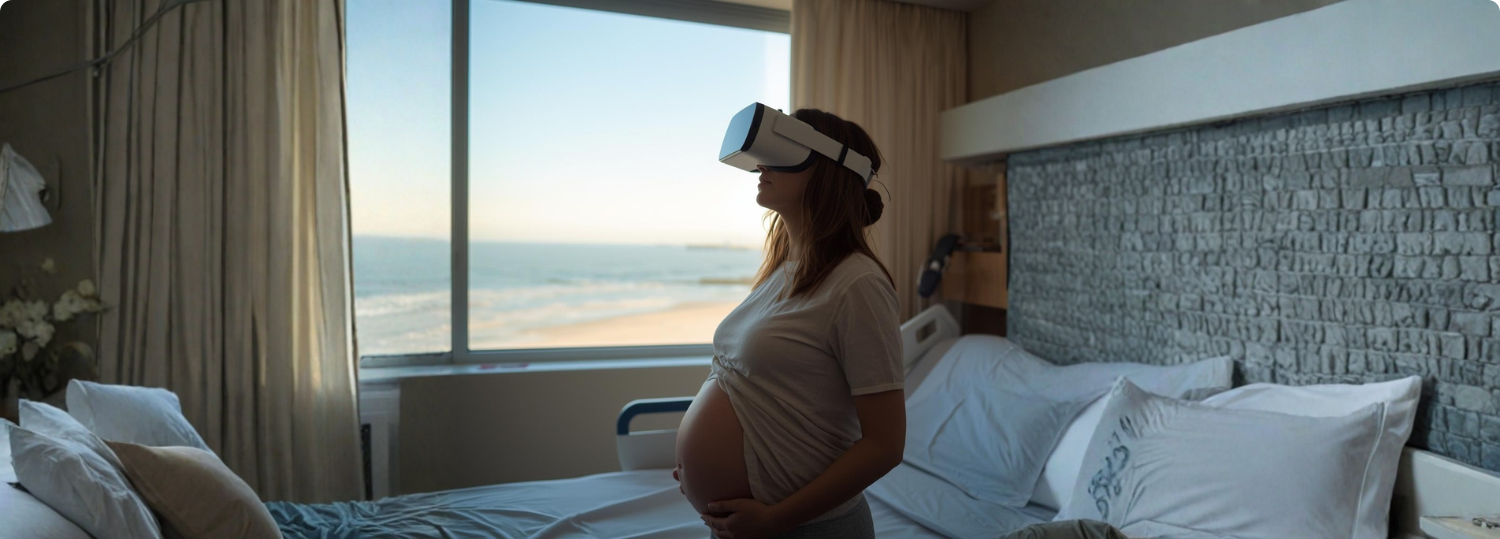The traditional physical store moves to the virtual world
Share this news!
Immersive technologies have enormous potential, which many companies have discovered and decided to invest in — from internet and social media giants to sectors such as textiles and the cosmetics industry.
Augmented Reality (AR) and Virtual Reality (VR) generate $17.2 million and are estimated to reach $162 million in 2021 — a growth of up to 900%.
These efforts and investments were mainly focused on developing the technology itself, without promoting the creation of programs and applications to make it usable. However, in recent months, the landscape has changed, and some physical stores that only had a website have begun creating Augmented Reality and Virtual Reality applications.
According to a recent study by International Data Corporation (IDC), Augmented Reality and Virtual Reality (AR and VR) generate $17.2 million and are estimated to reach $162 million in 2021 — a growth of up to 900%.
Therefore, the change in the way we sell already affects both retailers and consumers. We can already see this in companies like Sephora, which has launched a mobile app that allows us to virtually try on different cosmetic products simply by taking a selfie.
Others go further and allow us to see how our home would look with the furniture we like. For example, Ikea, the Swedish company, launched an app that lets us use AR to place items from their catalog in any room, check if they fit, and see how they look.
Taking it a step further, Alibaba, the Chinese giant, has a virtual warehouse that we can access via VR and shop as if we were in a physical store: walking through aisles, picking up products, examining them, and getting all the information about them.
As we can see, structural changes in the way we consume are moving the buying process from a physical store to a virtual one.
Don't Forget To Share











